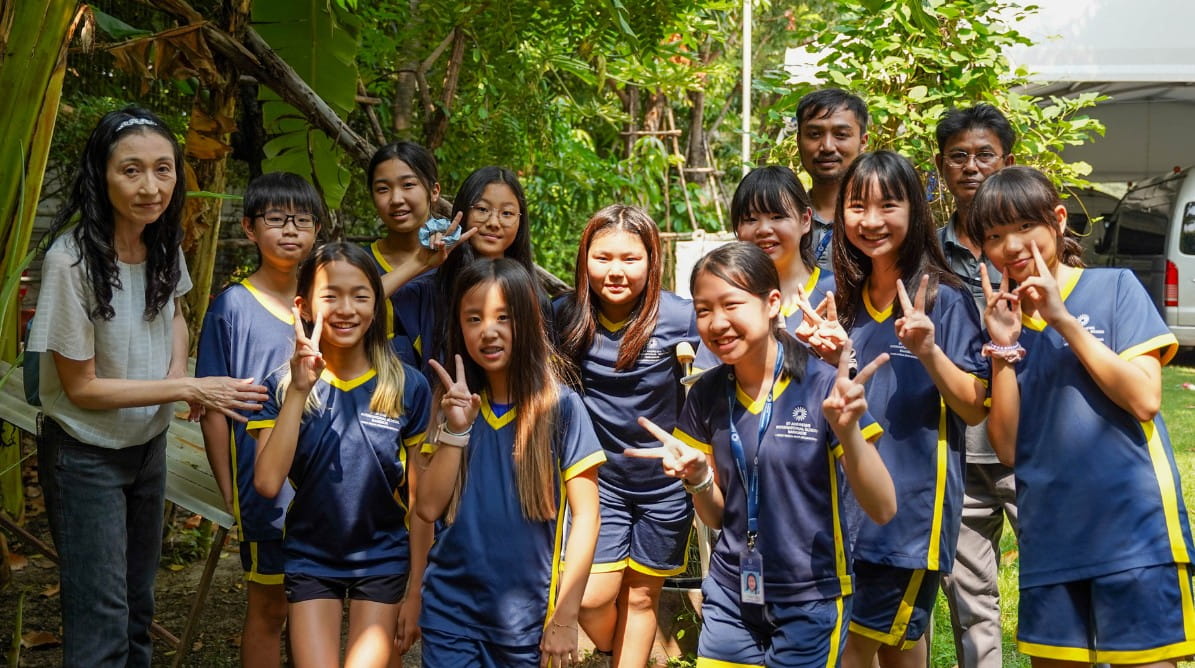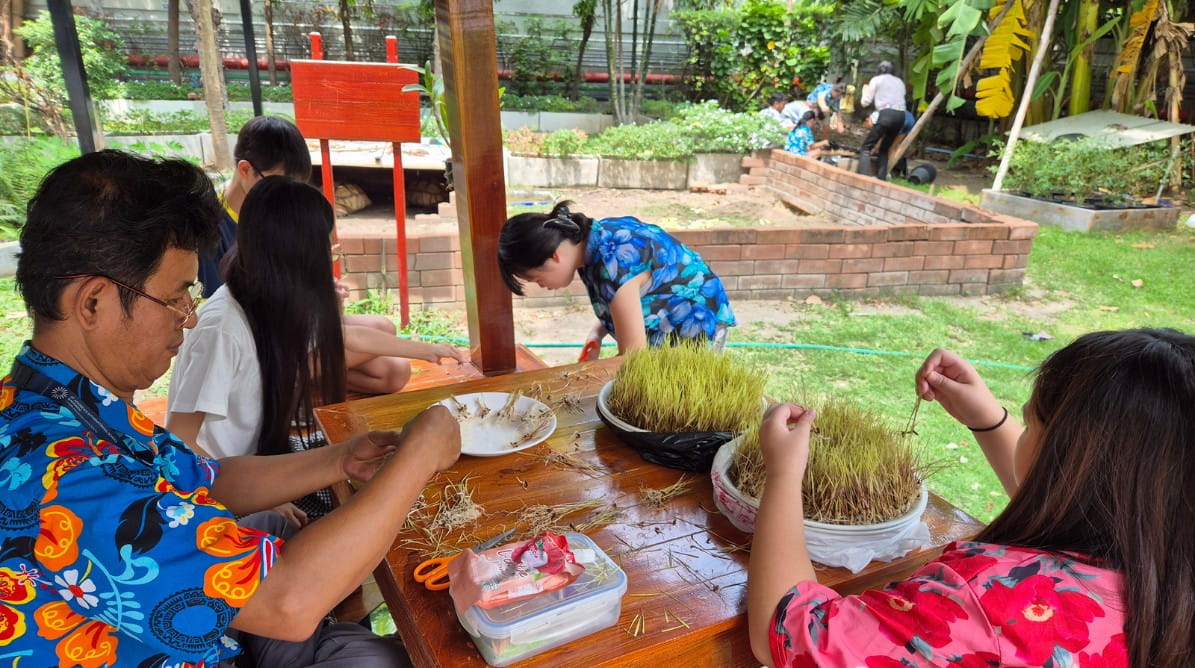We use cookies to improve your online experiences. To learn more and choose your cookies options, please refer to our cookie policy.

In class, the students explored different types of rice—short-grain, medium-grain, and long-grain—and learned about their textures, flavors, and cultural uses. For instance, they discovered that short-grain rice, such as Japanese rice, is commonly used for sushi; medium-grain types like Arborio and black rice are suited for dishes such as risotto and soups; and long-grain rice, such as Jasmine and Basmati, is typically used in Thai and Indian cuisine.
Students were encouraged to grow rice at home with seeds kindly provided by Khun Joe, a member of our security team, whose family has deep roots in Thai rice farming. Students first worked with Jasmine rice and rice berry, followed by sticky black rice berry. While not all students saw success initially, several rice plants flourished thanks to support from family members and caregivers who helped care for them.

From pots to planning for the rice paddy
With home-growing experiences, students took on the challenge of creating a real paddy field on the high school campus. In the two weeks leading up to planting, they worked closely with our gardening staff, planning materials and sharing ideas on how best to create the paddy field.
The gardening staff provided valuable guidance, teaching students the practical steps for growing rice. This collaborative process encouraged critical thinking, communication, and teamwork, enabling students to learn more about the agricultural cycle— from planting to harvest — and appreciate the dedication and effort required to grow rice.

Building cultural awareness through learning
In Japanese culture, turtles represent longevity, good fortune, and harmony with nature. The proverb “Cranes live a thousand years, turtles live ten thousand” highlights their significance as sacred and timeless creatures. So, before planting, students made wishes to the school’s two giant turtles for the project’s success.

In addition to rice, the students also learned about the Cassia fistula, Thailand’s national tree and flower (Ratchaphruek), and explored the broader importance of planting and food sustainability.
This project enabled students to gain cultural awareness, bringing elements from Japan and Thailand.